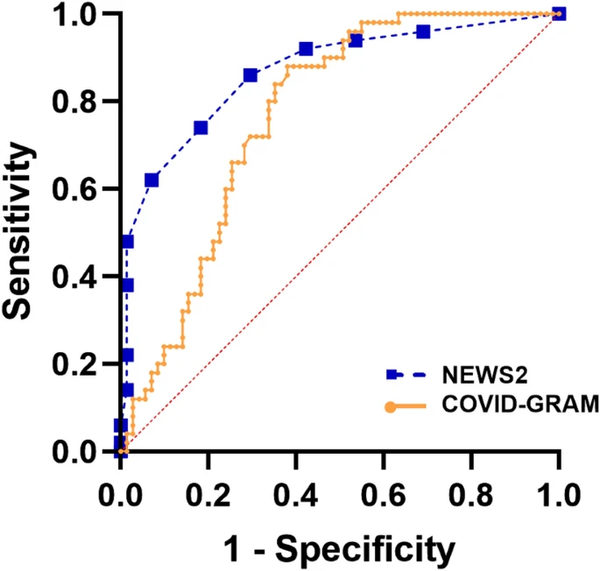An article published in the Physiological Genomics (American physiological society) suggests immunomodulation through activation of the innate immune sensor toll-like receptor 5 (TLR5) as an innovative approach to fight COVID-19.
TLR5 is an extracellular pattern recognition receptor that recognizes flagellin, a structural protein of flagellum found in motile Gram-positive and Gram-negative bacteria
The authors hypothesize that flagellin could act as a trojan horse “danger” signal, which favorably tricks” the host into thinking that immune responses are required to subdue a “bacterial” infection but instead triggers antiviral responses to strike SARS-CoV-2
The authors also report that flagellin also elicited NLR family CARD domain containing 4 (NLRC4)-dependent IL-18 production to promote RV clearance

https://doi.org/10.1152/physiolgenomics.00033.2020
Full PDF
Related: https://www.nature.com/articles/s41586-019-1593-5
Harnessing innate immunity in cancer therapy








